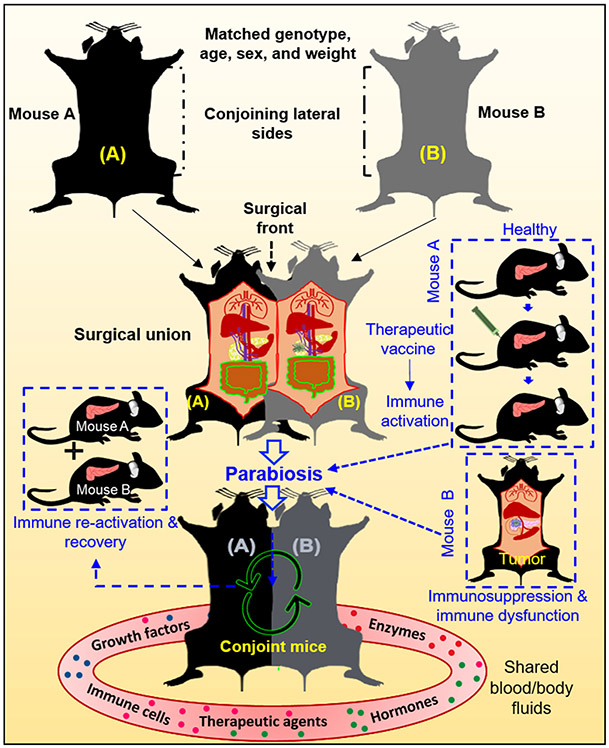Figure 4. Depiction of mouse parabiosis model.
Either two male or female mice (A&B) with matching age, sex, weight, and genetic background are housed together for at least two weeks for adaptable cohabitation before the surgical union. For surgical union, the mice are placed together laterally and incisions are made longitudinally (top; dotted lines). The subcutaneous fascia is separated from the skin with the help of forceps, followed by suturing the olecranon with the help of non-absorbable sutures to connect the joints tightly. The surgical front is shown by the dotted back arrow (middle). In two weeks, mice start sharing blood vasculature and blood-borne components, as shown the circular arrows in the figure (bottom). An application of parabiosis models in PDAC research is depicted in boxes with blue dotted lines, where healthy mouse A is immunized with therapeutic vaccine to generate robust immune response and then conjoined to mouse B that has tumor in the pancreas and is can possibly exhibit localized and systemic immunosuppression and immune dysfunction (Right side; Blue dotted panel). Conjoining with immune activated mouse will help in immune reactivation in the tumor bearing mouse and can potentially restore anti-tumor immunity, as shown in the figure (Left side, blue dotted panel).

